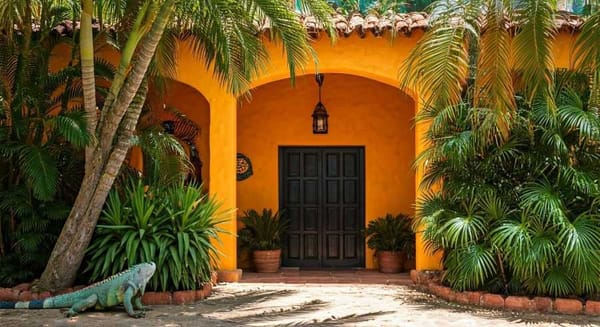Rosita de cacao, the flower of Oaxaca's signature drink tejate
The last thing that comes to mind when you think of flowers is to add them to a dish, dessert, or beverage. Nevertheless, many of them can be used as food, since they add color and texture, as in salads, and are also the star ingredient, as in tejate, an iconic Oaxacan drink.

When you think of flowers, the last thing that comes to mind is to add them to a dish, dessert, or drink. However, many of them can be used as food, since in addition to adding color and texture, as in salads, they are also the star ingredient in tejate, an emblematic drink of Oaxaca.
Paradoxically, the flower or rosita de cacao (cacahuaxochitl) is not botanically related to the seed raw material of chocolate; it is tiny, white, and fragrant. The tree where it sprouts has a thorny trunk, large green leaves, and thick foliage. Angel Mendoza Sosa, master craftsman, and owner of trees of this species commented that this flowering tree is found in most homes and lots in San Andres Huayapam and surrounding communities in the Oaxaca Valley region.
"It is a plant that has always existed in this population, it needs constant watering and grows slowly, of high symbolic value and jealously guarded due to the value of 'la rosita' in the market, whose price exceeds 500 pesos per kilo," he said. Although some online sales sites ask 450 pesos (20 dollars) for 250 grams, which Oaxacan cooks living in the United States pay, because: "A tejate is not a tejate if it doesn't have rosita".
The tejate is a drink made of corn, white cocoa, and mamey bone, the little flower provides a high content of glucose, fructose, and sucrose, as well as flavor and aroma. This typical drink is found all year round in the markets and tianguis of the city and surrounding areas of Oaxaca.
Veneration for the "Rosita de cacao"
Because of the resource that the tree and the flowers contribute to the family economy, Angel takes great care of them. The first harvest of the day goes to an altar where there are images of his devotion. In his prayers, he asks that the tree stays alive, that the drought does not reach it, because it is increasingly difficult to get cacahuaxochilt.
The dried flowers remain fragrant for years, so much so that these still fragrant flowers have been found in crypts. This characteristic gave the plant another name: a funeral tree. The tejate cannot be absent in parties and meetings, it is refreshing and requested by locals and visitors. In the native communities, it is also drunk on an empty stomach as a remedy for dysentery and stomach upset.
Tejate, emblematic drink of Oaxaca
Tejate (from Nahuatl: textli, which means flour, and atl, which means water) is an additional beverage from Oaxaca. It seems to have a pre-Hispanic origin and was drunk on the day the sowing or harvesting of corn began, as a tribute to mother earth. The preparation includes corn, white cocoa beans, mamey bones, and cocoa blossoms.
The women dedicated to its preparation (tejateras) cook the corn, once ready, remove the husk and wash it until it is completely white. Apart, the mamey bones, cocoa, and flowers are toasted, then everything is ground together in a metate.
The mixture is added to the corn and beaten with the hands in ice water with sugar. The strong and twisted arms of the tejateras obtain a frothy and hydrating drink. The municipality of San Andrés Huayapam is known as the cradle of tejate, it is estimated that at least 200 local women are dedicated to the sale of this representative drink of the Valley of Oaxaca. Through community initiative, they created the annual tejate fair.
Source: Oro Radio




